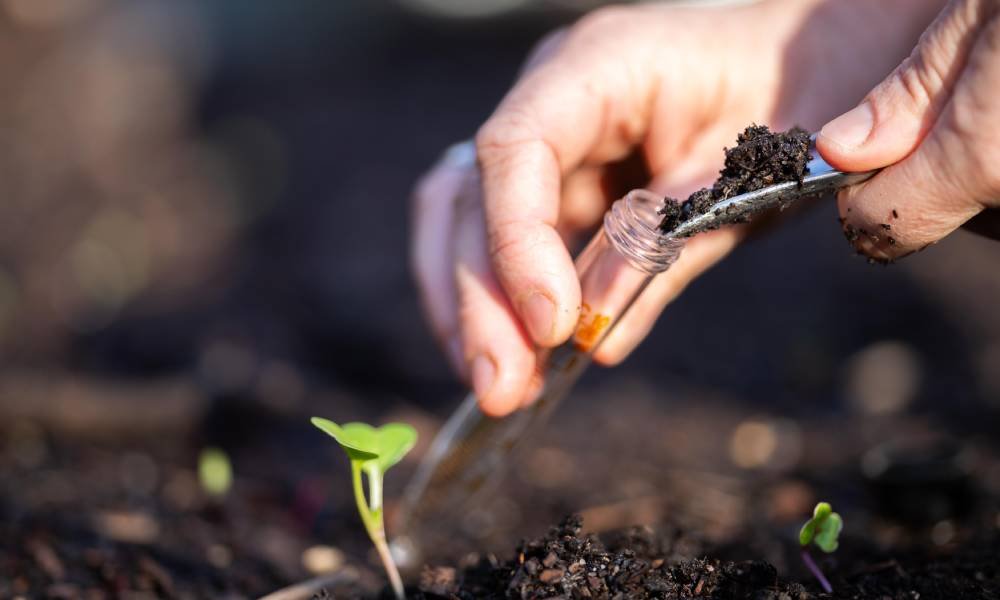Before you start constructing a new home or building, you need to understand the properties of the land where it will sit. One way you can do this is through soil testing. Read on to learn about five ways to test your soil before you build a project. Knowing these will give you peace of mind before you lay down a foundation.
Check the Moisture Content
A key step in preparing your land before building is testing the soil. This is because it determines whether the ground poses a risk of structural failure. One method is to test the moisture content, which reveals how much water is present in the soil and how it will influence its strength.
One way to do this is to take a small soil sample, weigh it, dry it in an oven, and then weigh it again. The difference in weight indicates the moisture content. Knowing this helps you plan potential drainage solutions and ensures the foundations remain dry and secure.
Learn the Specific Gravity
Another way to test your soil before you build a project is to learn its specific gravity, which is the ratio of the densities of soil and water. This test helps you understand the composition and type of soil you have, which can affect the overall stability of the construction site.
You can use a pycnometer or specific gravity bottle for this test. By knowing the specific gravity, developers can determine the soil’s bearing capacity.
Find Out the Soil’s Density While Dry
During a dry density test, you will determine how well-packed the soil in a sample is when it’s dry. This helps you determine the soil’s load-bearing capacity and its suitability for supporting structures. You can use a core cutter or sand replacement method to measure the dry density.
Perform the Procter’s Compaction Test
Builders can also use the Procter’s Compaction Test to learn the soil’s maximum dry density and compaction qualities. In this test, they will compact soil samples in layers in a mold and measure their densities.
They can identify the optimal moisture level by plotting these densities against varying moisture contents. This is essential for achieving the best possible compaction and ensuring the soil’s stability under structural loads.
Determine the Atterberg Limits
The Atterberg Limits test can help builders understand the plasticity and consistency of fine-grained soils. It involves determining the liquid limit, plastic limit, and shrinkage limit of the soil.
These limits identify how much water you need to change the soil to plastic states, when it loses its plasticity, and what water content will give it the most volume. By knowing the Atterberg Limits, engineers can predict the soil’s behavior during wet and dry conditions, which is crucial for projects where soil expansion and contraction could cause issues.
Conducting thorough soil tests before starting any construction project is essential. After gaining critical insights from these tests, you will be able to better ensure the longevity of the final structure.
